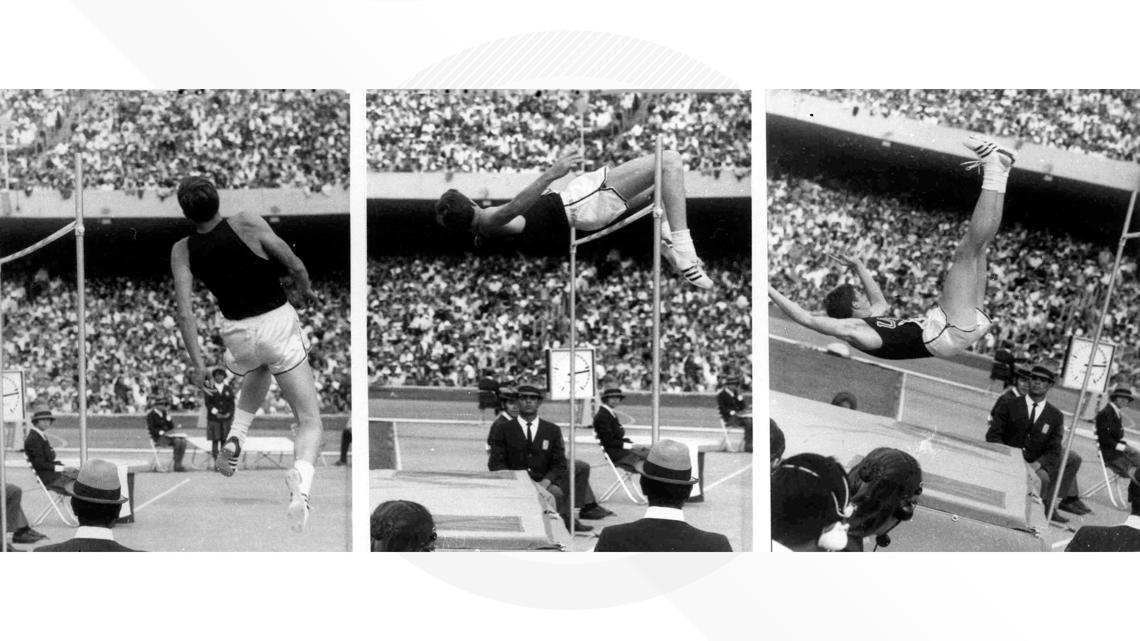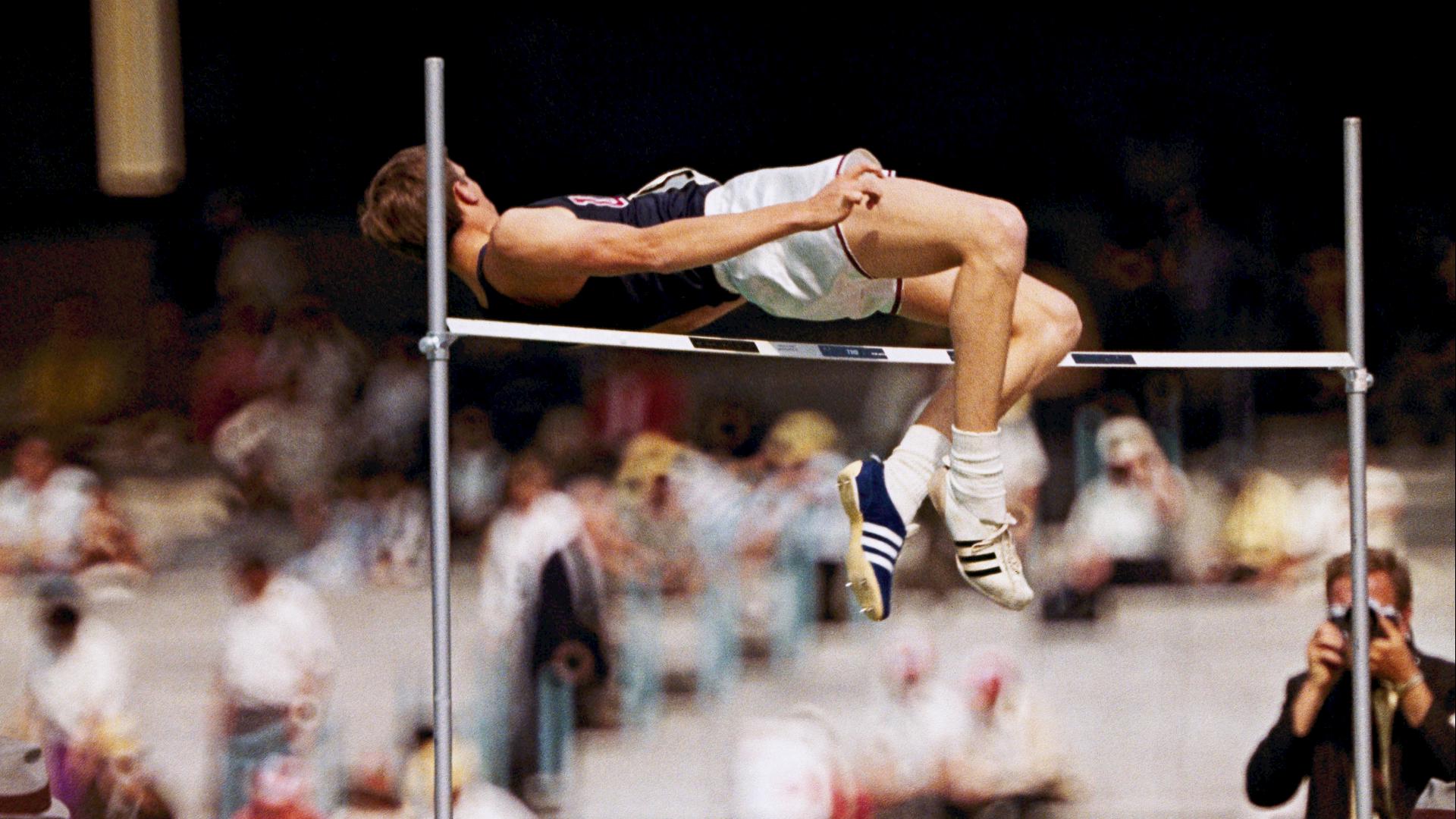CORVALLIS, Ore. — During the Olympics, you'll see athletes launch themselves over the high jump bar all using the same technique: the Fosbury Flop.
But before it became the gold standard for high jumpers, there were plenty of ways athletes propelled themselves over the bar. For 130 years, Olympic athletes have used various means to compete in the high jump. There was the western roll, which was followed by the straddle — and then along came the Fosbury Flop.
The famous flop was created by a high school athlete in Medford who couldn't clear the bar at 5 feet, 4 inches: Dick Fosbury.
"It was an act of desperation, in my mind," Dick Fosbury told KGW in 2018. "I had never cleared 5 feet, 4 inches before, and I knew I had to do something different to get over that bar — so to lift my hips, I leaned back to get my body out of the way, and it worked."


And it kept working for him, too.
He earned a scholarship at Oregon State University and won two NCAA titles for the Beavers. Many mocked his form as ridiculous and dangerous, but Fosbury continued to use it and prove his doubters wrong on its successful use. During Olympic trials for the 1968 Olympics, he used the flop to help secure his spot on Team USA to compete in the Mexico City games.
In the gold medal attempt, Fosbury clenched his fists to help calm his nerves before taking off: "I learned this method to control my adrenaline and manage my emotions while I'm in a stadium of 80,000 screaming people and half a billion on TV."
Taking eight steps, he took off running the arc before launching off one foot to try and clear the bar set at 7 feet, 4 inches.
He missed on his first two attempts but cleared it on his third attempt and set the Olympic record.


"Once I was over that bar ... I felt space between me and the bar, and I'd never been at that height before. I had never attempted that height before. It was one of amazement and awe, and it's a feeling that I'll never forget," Fosbury said in 2018.
He had the gold secured, but not the world record of 7 feet, 5 3⁄4 inches, held by Soviet Russian athlete Valeriy Brumel. Fosbury asked for the bar to be raised to 7 feet, 6 1/4 inches, but failed to clear the bar on all three attempts.
In 2018, 50 years after that gold medal winning jump, Oregon State University honored Fosbury's achievements with a bronze-cast statue on the school's campus.
"This is something that I'll never forget; this is wonderful," Fosbury said in 2018 in front of the statue.
In 1981, Fosbury was inducted into the National Track and Field Hall of Fame. In March 2023, Fosbury passed away at the age of 76 after a battle with cancer.
His Olympic record would stay for eight years until it was broken in the 1976 Montreal Games by Polish athlete Jacek Wszola — using the Fosbury Flop.

